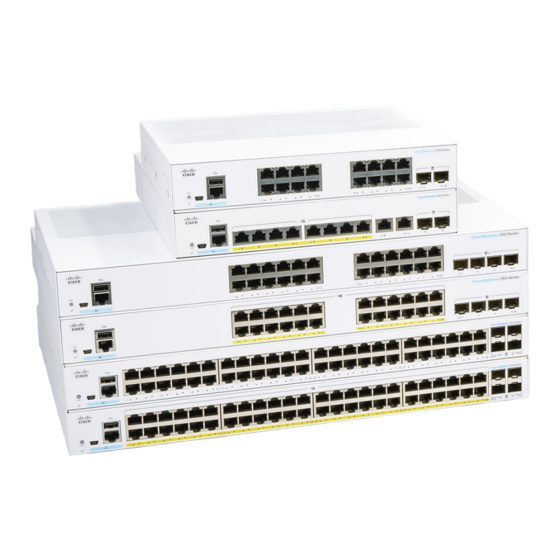Configure the Bridge (continued)
9
Enter the number of the WEP key your network administrator asked you to set and click
Save.
10
Enter the key provided by your network administrator in the Enter a key of hex digits field.
If you are setting a 40-bit key, enter 10 hexadecimal characters (any combination of 0
through 9, a through f, or A through F). If you are setting a 128-bit key, enter 26
hexadecimal characters. Click Save.
11
You are prompted to re-enter the key for verification. Enter the key and click Save.
12
In the Privacy configuration menu, in the row labeled Key number for transmit, click inside
the box labeled a key number from 1 to 4.
Note
The WEP key you use to transmit data must be set up exactly the same on your access
point and your bridge. For example, if you set WEP Key 3 on your bridge to 0987654321 and
select it as the transmit key, you must also set WEP Key 3 on the access point to 0987654321.
13
Type the number of the key the bridge will use and click Save. Only one WEP key can be
used at a time.
14
In the row in the Privacy menu labeled Authentication mode, click open or shared key to
set the authentications the bridge will recognize.
The Open setting, which is the default, allows any device regardless of its WEP settings to
authenticate and then attempt to communicate with the bridge. Shared Key tells the bridge
to send a plain-text, shared-key query to any device attempting to communicate with the
bridge. However, this query can leave the device open to a known-text attack from
intruders and is therefore not as secure as the Open setting.
Caution
If you are configuring the bridge through a wireless connection, you may
lose your connection to the bridge if the WEP key is set incorrectly. If you select On as
the WEP category in the next step, the WEP key you set must exactly match the WEP
key used on your wireless LAN, and the access point with which the bridge is
communicating must have WEP set to On.
9

